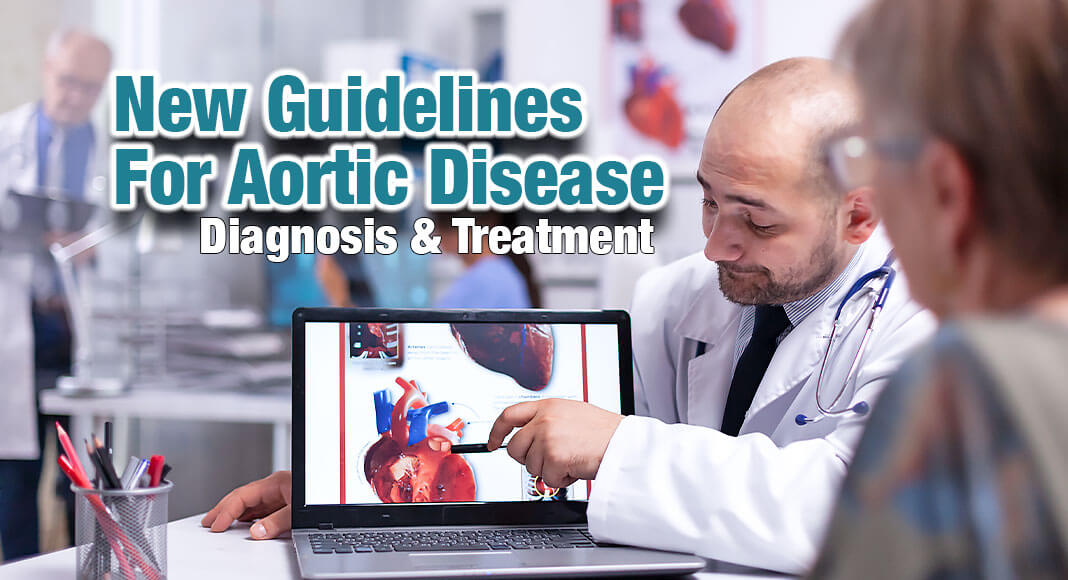
Mega Doctor News
By American Heart Association News
The American Heart Association and American College of Cardiology have issued new guidelines for diagnosing and managing diseases that affect the body’s largest artery, providing recommendations for surgery, imaging, family screening and more.
The updated guidance replaces two older documents for identifying and treating disease in the aorta, the artery that carries blood away from the heart as it moves through the chest and abdomen.
“There has been a host of new evidence-based research available for clinicians in the past decade when it comes to aortic disease,” guideline writing committee chair Dr. Eric M. Isselbacher said in a news release. Isselbacher is a clinical cardiologist and co-director of the Massachusetts General Hospital Thoracic Aortic Center in Boston.
It was time “to re-evaluate and update” the previous guidelines, he said. “We hope this new guideline can inform clinical practices with up-to-date and synthesized recommendations, targeted toward a full multidisciplinary aortic team working to provide the best possible care.”
The new guidance published Wednesday in the Journal of the American College of Cardiology and the AHA journal Circulation.
There are different types of aortic disease. For example, the aorta’s walls can weaken and bulge, causing an aneurysm, or they can tear, causing an aortic dissection. Symptoms include chest pain or pressure, back pain, fatigue and neck or jaw pain. When an aneurysm ruptures or a dissection is severe, it can be immediately fatal. But if discovered using imaging tests, lifesaving treatment is possible. This may include careful monitoring, surgery, medication and/or lifestyle changes.
For first-degree relatives of people who have had aortic disease, the guidelines recommend genetic testing and imaging to identify those at greatest risk.
The document also recommends greater consistency in the way CT or MRI imaging is obtained and reported, including how the aorta is measured and how often images are used before and after surgical procedures. It encourages using the same type of technology and lab when taking multiple images.
Recommendations for who should get surgery and when also changed. For people with aortic disease who are smaller or taller than average, the guidelines recommend adjusting the thresholds for the size of injury required for surgery. The risk of having an aortic aneurysm or dissection increases with the size of the injury, but the minimum size for recommending surgery was lowered for people being treated at institutions with multidisciplinary aortic teams and experienced surgeons. The guidelines also change the definition for rapid aneurysm growth rate, another criterion for surgery.
For the best surgical outcomes, the guidelines recommend multidisciplinary aortic teams and experienced surgeons. Teams may include cardiac and vascular surgeons with experience treating complex aortic disease at medical centers that treat a high volume of these patients. Imaging specialists, anesthesiologists and intensive care units with experience treating aortic disease also are strongly recommended.
Patients also should be considered members of the team and included in making treatment decisions, especially if they are pregnant, considering becoming pregnant or on the borderline for meeting surgical criteria, according to the new guidelines.










